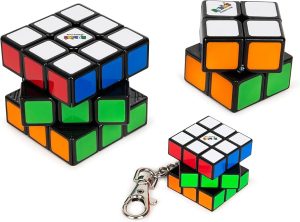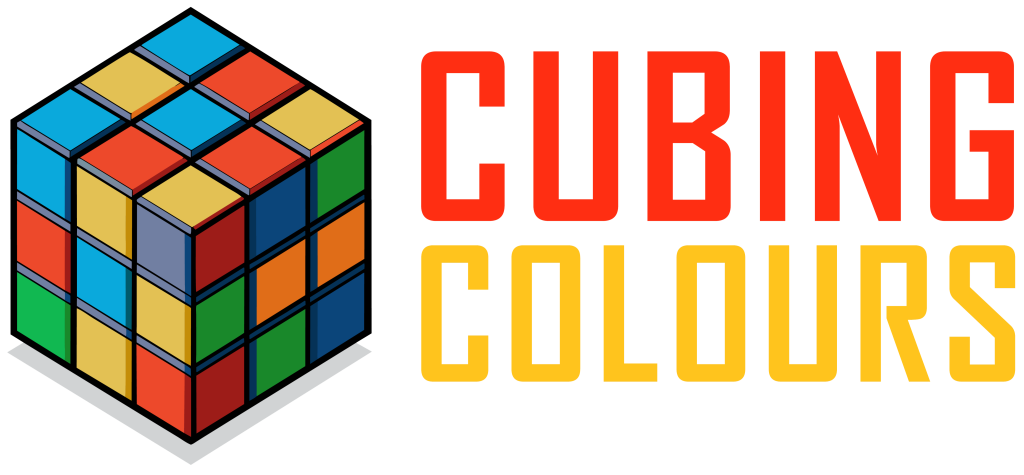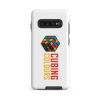Advice for Rubik’s Cube beginners

Solving a Rubik’s Cube might look intimidating at first, but with the right approach, anyone can learn it. If you’re interested in mastering the Rubik’s Cube for beginners, you’ll find that there are plenty of resources available — from videos to books to community support. Here’s how to get started on your journey with this iconic puzzle.
Step 1: Start with the Right Rubik’s Cube Tutorial
Not all tutorials are equal. Although many individuals create tutorials after learning to solve the Cube, teaching it is a distinct skill. To locate good advice, begin by performing a Google or YouTube search with keywords such as “Rubik’s Cube tutorial” or “how to solve a Rubik’s Cube for beginners.” Find video tutorials that have good titles and reviews.
Video tutorials are particularly useful for beginners since you get to see every move in real time. The visual component will aid in reinforcing muscle memory and provide you with a better sense of how the pieces are moving. If you’re just starting, attempt to learn from a solve Rubik’s Cube step-by-step tutorial that uses minimal algorithms and is specifically intended for beginners.
Step 2: Select a Beginner-Friendly Solving Method
When you are beginning, it is better to choose an approach that involves fewer algorithms, like the Beginner Layer-by-Layer approach. These beginner Rubik’s Cube tips should be able to minimize confusion and boost your confidence as you work on each layer.
Deal with one part at a time and do it repeatedly until you get the moves before moving on. Consistency and patience are the secrets to becoming proficient at the Cube.
Step 3: Consider Using a Rubik’s Cube Guide for Beginners (Books)
If videos aren’t doing the trick, or if you like to read, try getting a Rubik’s Cube guide for beginners in book form. There are many great beginner books on Amazon in print and Kindle formats. Kindle books tend to be cheaper and are available to download instantly.
If the book doesn’t meet your expectations, Amazon’s return policy makes it easy to get a refund. A well-structured guide often includes diagrams, written algorithms, and detailed walkthroughs to help reinforce your learning.
Step 4: Get Support from Online Communities
Participating in an online Rubik’s Cube forum is a good way to meet others who are learning, like yourself, or are already experts. You can post questions of a specific nature, document your progress, and learn beginner Rubik’s Cube tips from other cubers who have more experience. Most people in the community are willing to assist and frequently recommend improved tutorials or general troubleshooting tips.
Step 5: Learn with a Friend or a Personal Tutor
Occasionally, nothing works quite like learning in person. If you have someone who knows how to solve the Cube, get them to teach you in person. That way, you can interact in real time — ask questions, receive instant feedback, and learn at your speed. A teacher can see your errors, describe difficult topics, and demonstrate with his or her hands how to grasp and manipulate the Cube.
Learning in this manner is more interactive and customised, which frequently makes the process easier and more enjoyable.
Patience, Practice and Progress
Mastering how to solve a Rubik’s Cube is patient work, but well worth the effort. Watching a Rubik’s Cube tutorial, reading a guide, or consulting with a friend, the most important thing is regular practice. Use this tutorial to discover the approach that suits you best, and before long, you’ll be solving the Cube!





